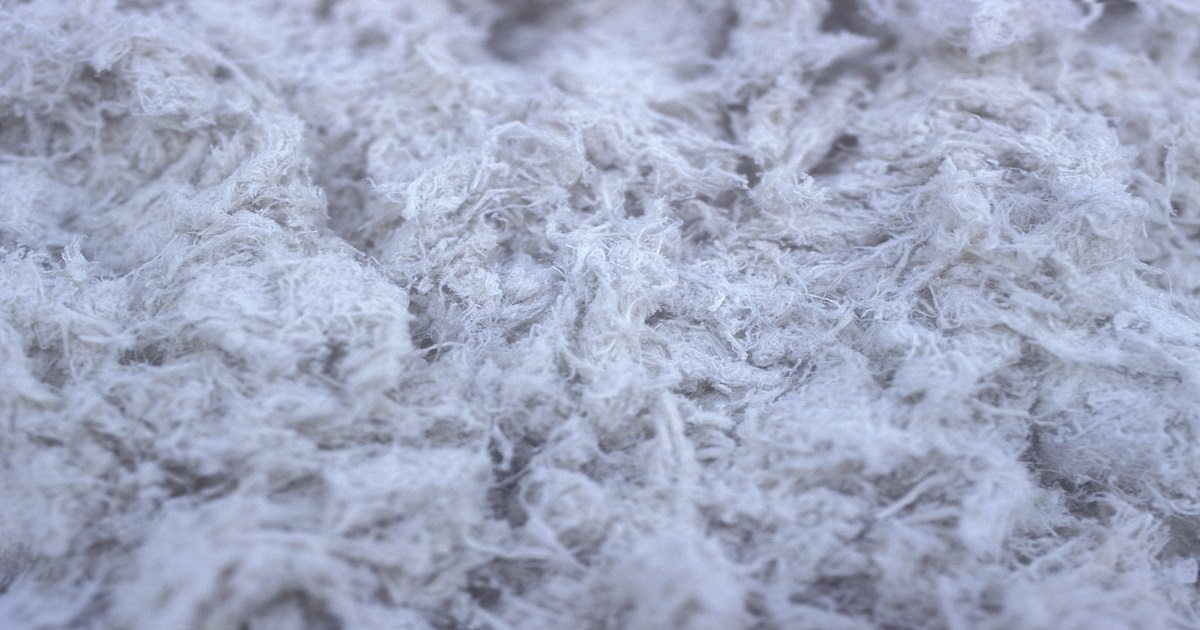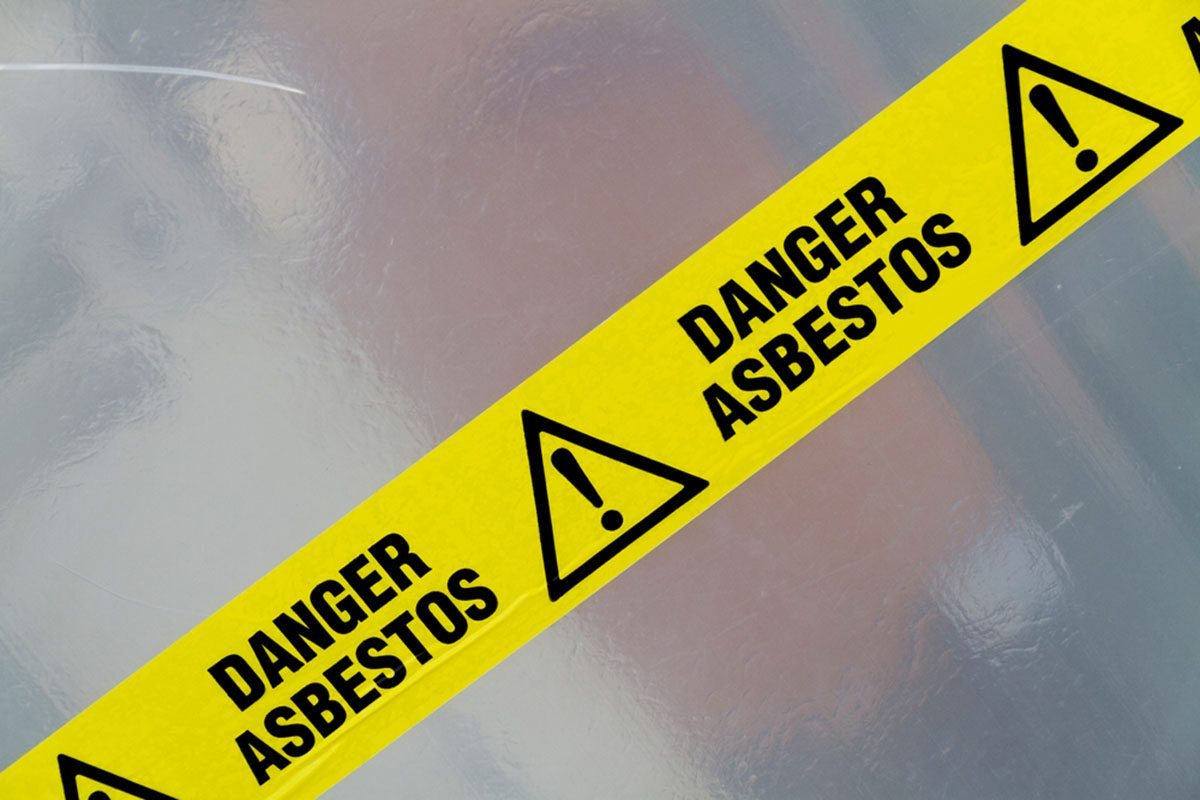Month: December 2011

Ten Facts About Asbestos Exposure, Asbestosis and Mesothelioma
The end of the year and start of the new year are a time for list making. As we welcome 2012, here is a timeless list of important facts about asbestos and mesothelioma, a type of cancer caused by inhaling asbestos:
- When a person inhales asbestos fibers, most of the fibers are expelled, but some can penetrate deep into the lung and remain lodged there for a lifetime. Asbestos fibers can cause inflammation and scarring, which can affect breathing and gradually lead to disease.
- People are more likely to experience asbestos-related disorders when they are exposed to high concentrations of asbestos, are exposed for longer periods of time or are exposed more often.
- There is no safe level of exposure to asbestos, according to the U.S. Environmental Protection Agency.
- Exposure to asbestos increases the risk of developing asbestosis, a scarring of the lungs due to retained asbestosis fibers, as well as malignant diseases such as lung cancer and mesothelioma.
- The health effects of asbestos exposure may continue to progress even after a person is no longer exposed to asbestos.
- Smoking together with exposure to asbestos greatly increases the likelihood of lung cancer.
- Fluid around the lungs (known as pleural effusion) and changes in the lining of the lung such as thickening, plaques and calcification may be early indicators of past asbestos exposure. Pleural effusions may be an early symptoms of mesothelioma.
- Most cases of asbestos are diagnosed 30 years or more after a worker was first exposed to asbestos. In some cases, asbestos disease appears after 40 or 50 years.
- Asbestos-related disease has been diagnosed in asbestos workers, family members, veterans and in particular Navy veterans, people who lived near a factory that used asbestos-containing materials and many trades workers who were exposed to asbestos dust. Many older buildings in New York City contain asbestos building materials and the asbestos may be released into the air if the asbestos is disturbed.
- Approximately 3,000 people are diagnosed with mesothelioma each year in the U.S. The number of people diagnosed with mesothelioma has been increasing in recent decades.
Asbestos Exposure Symptoms, Asbestos Exposure In The Home, Asbestos Exposure Risk, Asbestos Exposure And Mesothelioma, Asbestos Exposure Diseases, Asbestos Exposure Mesothelioma, Asbestos Exposure Mesothelioma Risk, Asbestos Exposure Related Diseases

No Safe Level of Exposure to Asbestos, EPA Inspector General Warns in Report
The inspector general of the U.S. Environmental Protection Agency issued a stern warning report this month saying the government’s use of unapproved methods to demolish buildings containing asbestos may expose workers and the public to the cancer-causing material.
Asbestos is closely associated with serious respiratory diseases including asbestosis, lung cancer and mesothelioma, a cancer of the lining of the lung and abdomen. Demolition workers and construction workers are among the types of workers who are at higher risk of exposure to asbestos fibers today, if the material is not handled properly during removal.
“Asbestos is a human carcinogen with no safe level of exposure,” Inspector General Arthur A. Elkins Jr., said in the report.
In 1973, the U.S. Environmental Protection Agency issued standards to protect human health from exposure to asbestos during demolition of buildings and asbestos removal. The standards require that specially-trained technicians remove asbestos-containing material prior to demolition, unless the building is structurally unsafe to enter.
According to the inspector general’s report, EPA in 1999 starting exploring alternative methods for asbestos removal. The demolition methods are known by EPA as the Fort Worth Method and the Alternative Asbestos Control Method. The methods leave some or all of the asbestos-containing material in place during demolition. Demolition equipment applies mechanical forces that shred the asbestos-containing material, potentially releasing asbestos fibers into the air and endangering public health, according to the report.
The inspector general said its preliminary investigation indicates the unapproved methods of asbestos removal are currently being used or considered at a number of demolition sites and environmental cleanup locations. The use of unapproved methods is counter to EPA regulations and may jeopardize the health and safety of the public, the inspector general said.
For example, the report said, settled dust results obtained from testing during Alternative Asbestos Control Method demolition experiments in Fort Worth, Texas and Fort Chaffee, Arkansas demonstrated asbestos fiber releases. Video footage show workers at the demolition sites without personal protective equipment. Unprotected workers in adjacent areas and any members of the public in the vicinity may have been exposed.
The inspector general’s report said EPA should retract any approval for the use of alternative asbestos removal methods that deviate from the recognized standards.
Approximately, 3,000 people are diagnosed with mesothelioma in the United States each year. Many are older workers, retirees and veterans who were exposed to asbestos in the workplace. The symptoms of mesothelioma take decades to appear so people recently diagnosed with mesothelioma may have inhaled asbestos fibers in the 1960s or 1970s.

Vaccine May Enlist Body’s Immune System to Kill Mesothelioma Cancer Cells
Researchers at the Mayo Clinic and the University of Georgia have developed a vaccine that may offer a promising new strategy for treating various cancers including mesothelioma. An aggressive cancer associated with breathing asbsestos, mesothelioma originates most often in the lining of the lung and abdominal cavity.
The vaccine, which has shown dramatic results at reducing tumors in mice in laboratory experiments, helps a cancer patient’s immune system identify cancer cells and kill them, according to an article this week in the Proceedings of the National Academy of Sciences. Treatments that employ the body’s own defenses are known as immunotherapy. The research was funded by the National Cancer Institute.
Scientists have long sought to direct the immune system to distinguish when cells become cancerous by the distinct changes that sugars on the cell’s surface undergo. But since cancer cells originate within the body, the immune system generally doesn’t recognize them as foreign.
The vaccine identifies a special protein that is a signature of certain cancer cells. When malignant tumors occur, they produce the protein MUC1 at high levels, promoting the growth of tumors. Mesothelioma is among the types of cancer in which MUC1 is overexpressed, previous studies such as a 2008 study have shown.
“This is the first time that a vaccine has been developed that trains the immune system to distinguish and kill cancer cells based on their different sugar structures on proteins such as MUC1,” Sandra Gendler, a cancer researcher at the Mayo Clinic in Arizona and co-author of the study said in a press release.
The National Cancer Institute recently recognized MUC1 as one of the three most important tumor proteins for vaccine development, Dr. Gendler noted. MUC1 is found in more than 70 percent of lethal cancers including breast cancer, pancreatic cancer, ovarian, multiple myeloma, lung cancer and mesothelioma.
Geert-Jans Boons, a cancer researcher at the University of Georgia Cancer Center and developer of the vaccine, said the treatment, called MUC1 tripartite immunotherapy, produces a very strong immune response. The vaccine was shown to reduce tumors in mice by 80 percent or more, the researcher said.
The researchers are currently testing the vaccine’s effectiveness against cultured human cancer cells in the laboratory to assess toxicity. Phase I clinical trials involving cancer patients to assess the safety of the vaccine could begin in 2013.
Approximately 3,000 people are diagnosed with mesothelioma each year in the United States. Most are older workers, retired workers and veterans who were exposed to asbestos decades ago in the workplace.
Mesothelioma has a long incubation period, typically taking 30 to 50 years for symptoms to appear. When it does appear, the cancer is stubbornly resistant to conventional treatments such as chemotherapy and radiation and has a high fatality rate. So more effective treatments are urgently needed.
NIOSH Issues Warning that Erionite May Cause Mesothelioma
The National Institute for Occupational Safety and Health (NIOSH) has acknowledged what Michele Carbone, MD, PhD, and his team of researchers announced this summer – exposure to high levels of the mineral erionite can lead to the development of mesothelioma.
NIOSH is calling erionite, a naturally-occurring silicate mineral used in road gravel in several Western states, “an emerging North American Hazard.” In the Nov. 22 article in the NIOSH Science Blog, David Weissman, M.D., and Max Kiefer, MS, CIH, compare the dangers of erionite to asbestos saying, “airborne occupational erionite fiber exposures should be considered at least as hazardous as asbestos fiber exposures and similar preventive measures [should be] used.”
Asbestos is a known carcinogen and has been linked to mesothelioma and lung cancer, as well as to asbestosis and other respiratory diseases. Up until these findings on the hazards of erionite, the only known cause of mesothelioma was through exposure to asbestos.
When asbestos fibers are inhaled they become lodged in the thin membrane that lines and encases the lungs. The fibers settle into the lungs, and decades later, symptoms such as shortness of breath and chest pain develop. At this late stage of a mesothelioma diagnosis, treatment options are limited and survival is often less than one year.
Carbone, MD, PhD, one of the world’s premiere authorities on mesothelioma and director of the University of Hawaii Cancer Center, published his findings on erionite in July in the Proceedings of the National Academy of Science. The team began studying erionite exposure in the United States after finding that a region of Central Anatolia in Turkey, where erionite was used to construct houses, was experiencing an epidemic of malignant mesothelioma.
NIOSH states that, like asbestos, erionite fibers only pose a hazard if they are disturbed and become airborne. They are stressing the need to implement precautions to protect workers by limiting the generation and inhalation of dust known or thought to be contaminated with erionite. NIOSH suggests “a reasonable approach based on current information would be to take precautions such as those described in existing guidance for working with asbestos.”
The National Toxicology Program, a government research agency, has designated erionite as a known human carcinogen.
Free Mesothelioma Patient & Treatment Guide
We’d like to offer you our in-depth guide, “A Patient’s Guide to Mesothelioma,” absolutely free of charge.
It contains a wealth of information and resources to help you better understand the condition, choose (and afford) appropriate treatment, and exercise your legal right to compensation.
Download Now